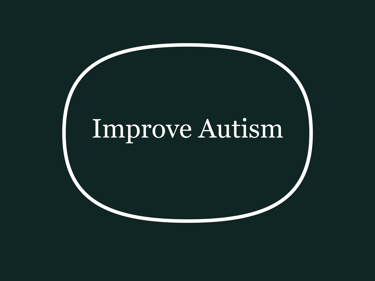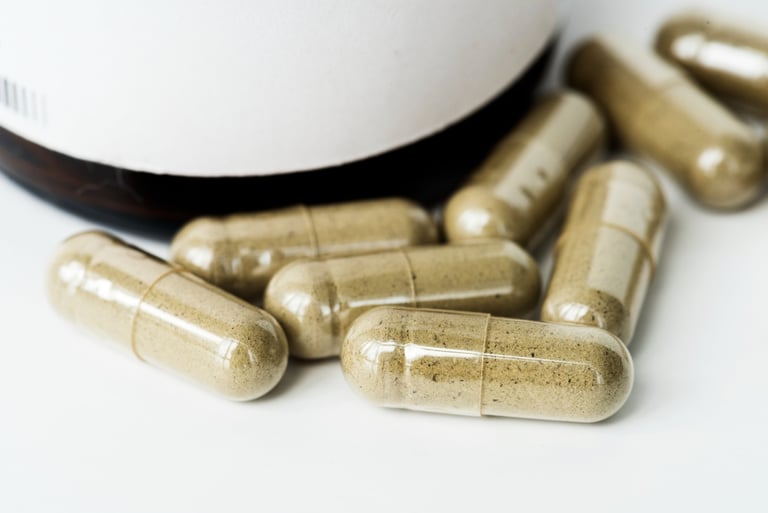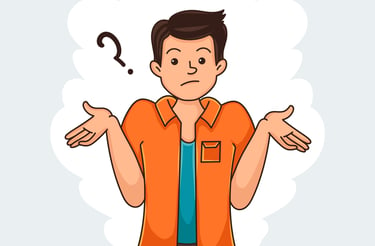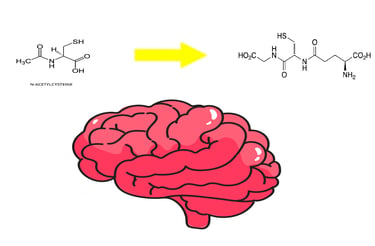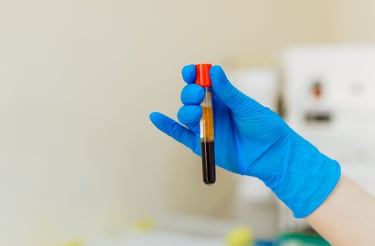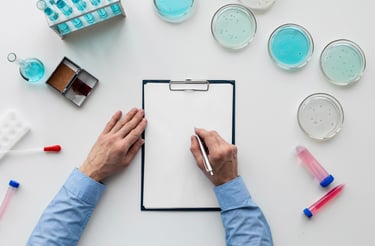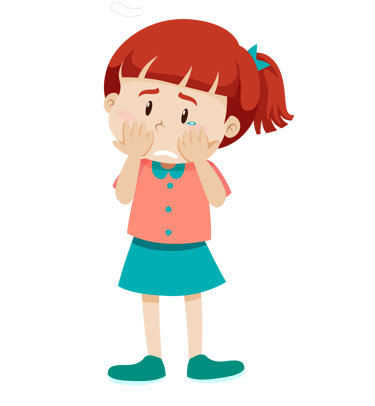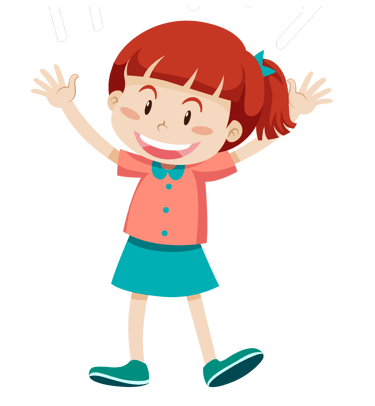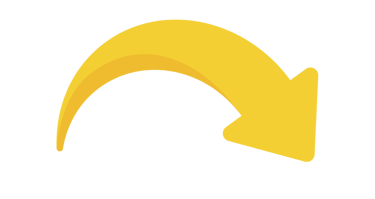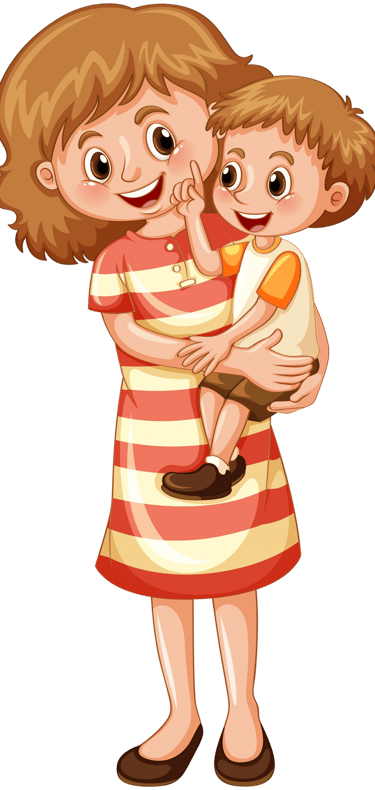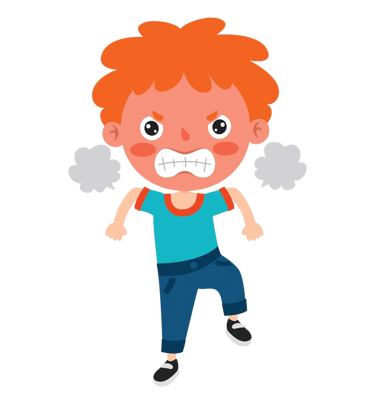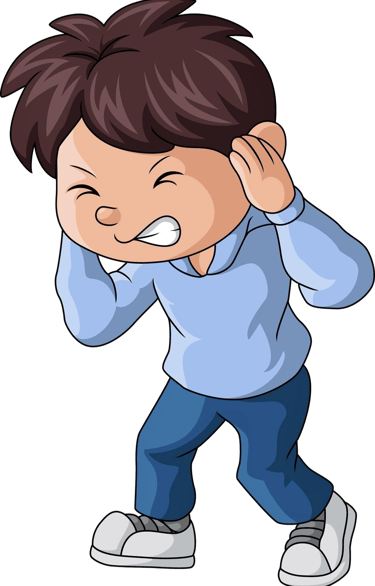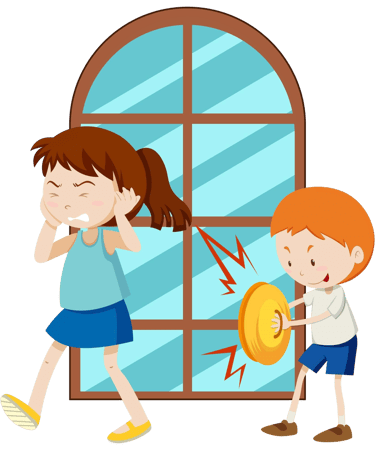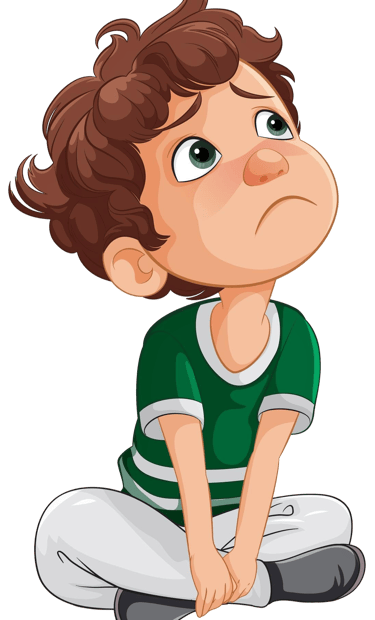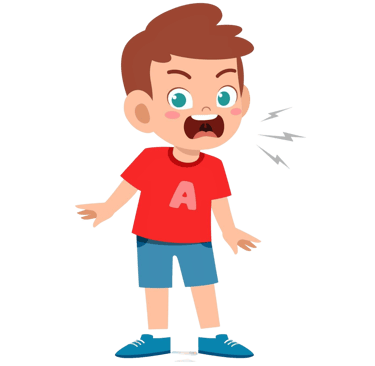N-acetycysteine
(NAC) and Autism
Why try NAC for autism?
How to take it?
How it works.
Useful tests
Scientific research on NAC and autism
Why take NAC for autism?
A study done by Dr.Nikoo and his team found that N-acetylcysteine (NAC) given to children ages 4-12 helped significantly improved irritability at 10 weeks [47].
NAC
A study done by Dr.Hardan and his team found that N-acetylcysteine (NAC) given to children ages 3-11 helped also with improving irritability, social cognition and autism mannerisms[45]. This was observed over 12 weeks.
Irritability
Social cognition
Autism mannerisms
A study by Kevser Nalbant and Semih Erden look at children who took N-acetylcysteine for autism and found that they had a significant reduction in irritability, stereotypical behavior, social withdrawal, inappropriate speech and hyperactivity [46].
Social withdrawal
Hyperactivity
Stereotypical behavior
Irritability
Inappropriate speech
According to the studies on N-acetylcysteine the doses were all slightly different.
The study by Dr. Nikoo gave a does between 600mg-900mg according to weight but how the calculations were done was not mentioned [47].
How to give NAC (N-acetylcysteine)
PROS
CONS
Reduced oxidative stress on the brain but also the body
Glutathione is often dysregulated in autism which NAC will help with
Improves symptoms like irritability and hyperactivity
Also shown to help improve
Generally safe and well tolerated
Gastrointestinal issues ( nausea and vomiting)
Allergic reaction, rash
Cough, stomatitis, runny nose (if inhaled accidently)
The dose in Kevser Nalbant and Semih Erden [46] study was:
200mg twice a day (400mg total per day) if they were under 15kg
OR
300mg twice a day (600mg total per day) if over 15kg.
The study by Dr. Hardan and team took a stepwise approach increasing the NAC dosage over 12 weeks, as follows:
Weeks 1–4: 900 mg/day, administered once daily.
Weeks 5–8: 900 mg twice daily, totaling 1800 mg/day.
Weeks 9–12: 900 mg three times daily, totaling 2700 mg/day.
600mg-900mg Per Day
If less than 15kg give 200mg TWICE a DAY
If more than 15kg give 300mg TWICE a DAY
Week 1 -4: 900mg ONCE a Day
Week 5-8: 900mg TWICE a Day
Week 9-12: 900mg THREE TIMES a Day
In all the studies the doses given above were safe for the children. We can't tell you which dosing method to use.
Speak to your doctor if you think they will help. Or start at the lowest dose mentioned.
NAC comes in an oral tablet. Below are the different dosing method which each study used. To reduce confusion, use the first dosing method. It's a lower dose but might be less effective.
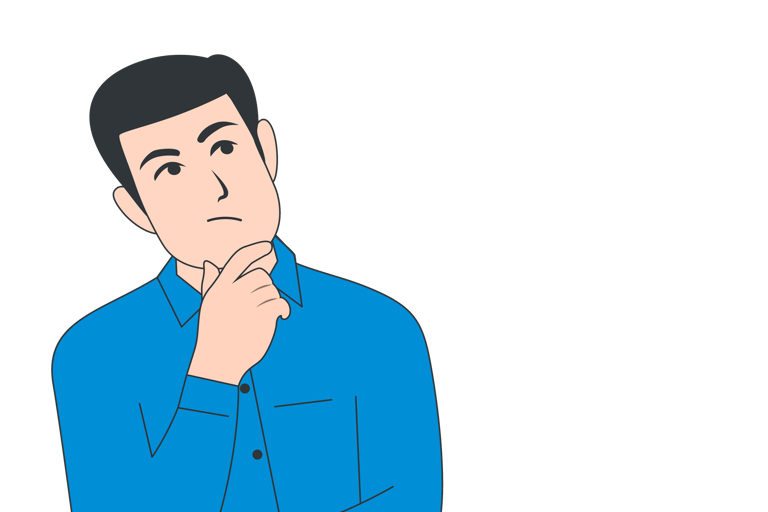

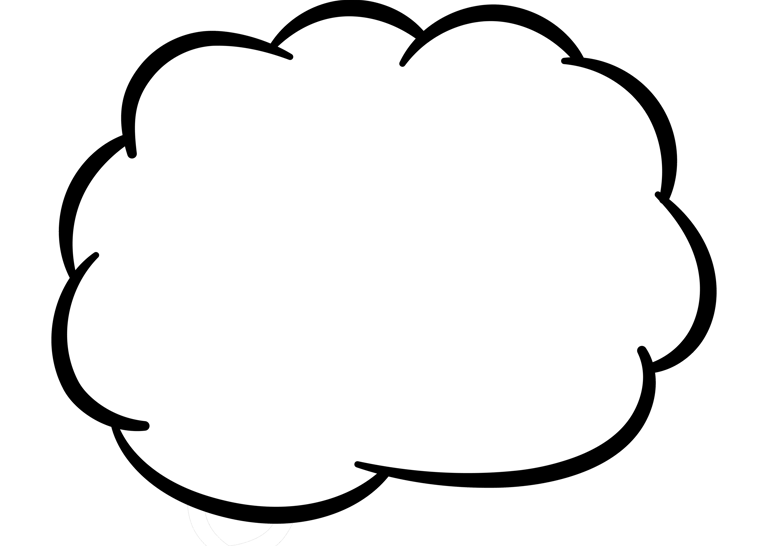

"This is confusing. How much NAC should I give?"
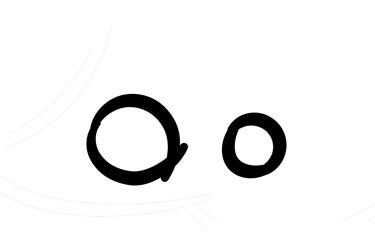

1
2
3


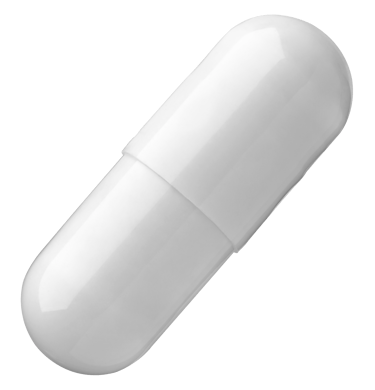

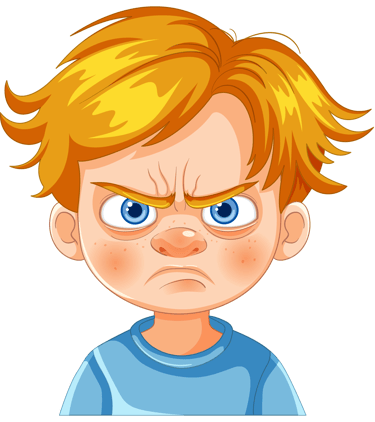



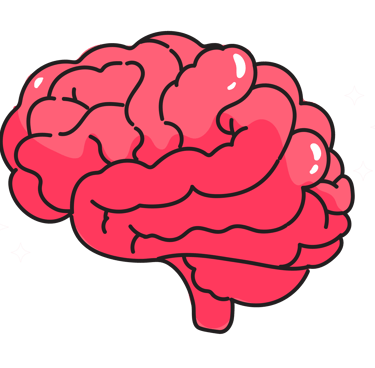

NAC is given for autism
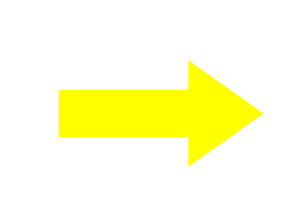

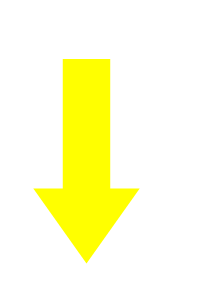

The mother of all antioxidant's glutathione works on the brain reducing oxidative stress and neuroinflammation.
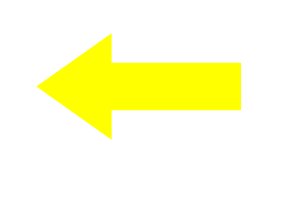

Improvements in autism symptoms such as irritability hyperactivity and social awareness occurred after 4-12 weeks [45, 46, 47, 48].
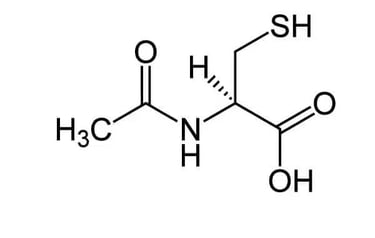

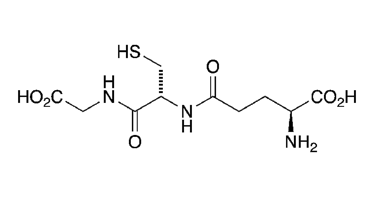



NAC gets converted to glutathione
NAC or N-acetylcysteine is a precursor to glutathione. This means that the body converts it to glutathione which is a powerful antioxidant often referred to as the "mother or all antioxidants".
It plays an important role in reducing oxidative stress within the brain. This in turn helps reduce autism symptoms in many children specifically irriatbility and hyperactivity [45,46,47, 48].
Research shows that children with autism oftern have neuroinflammation and dysregulated glutathione levels [MISC 3].
Basically, NAC gets converted to glutathione which reduces oxidative stress and neuroinflammation in the brain and helps improve autism symptoms such as irritability and hyperactivity.


Molecular formula n-acetylcysteine
How NAC (N-acetylcysteine) works
